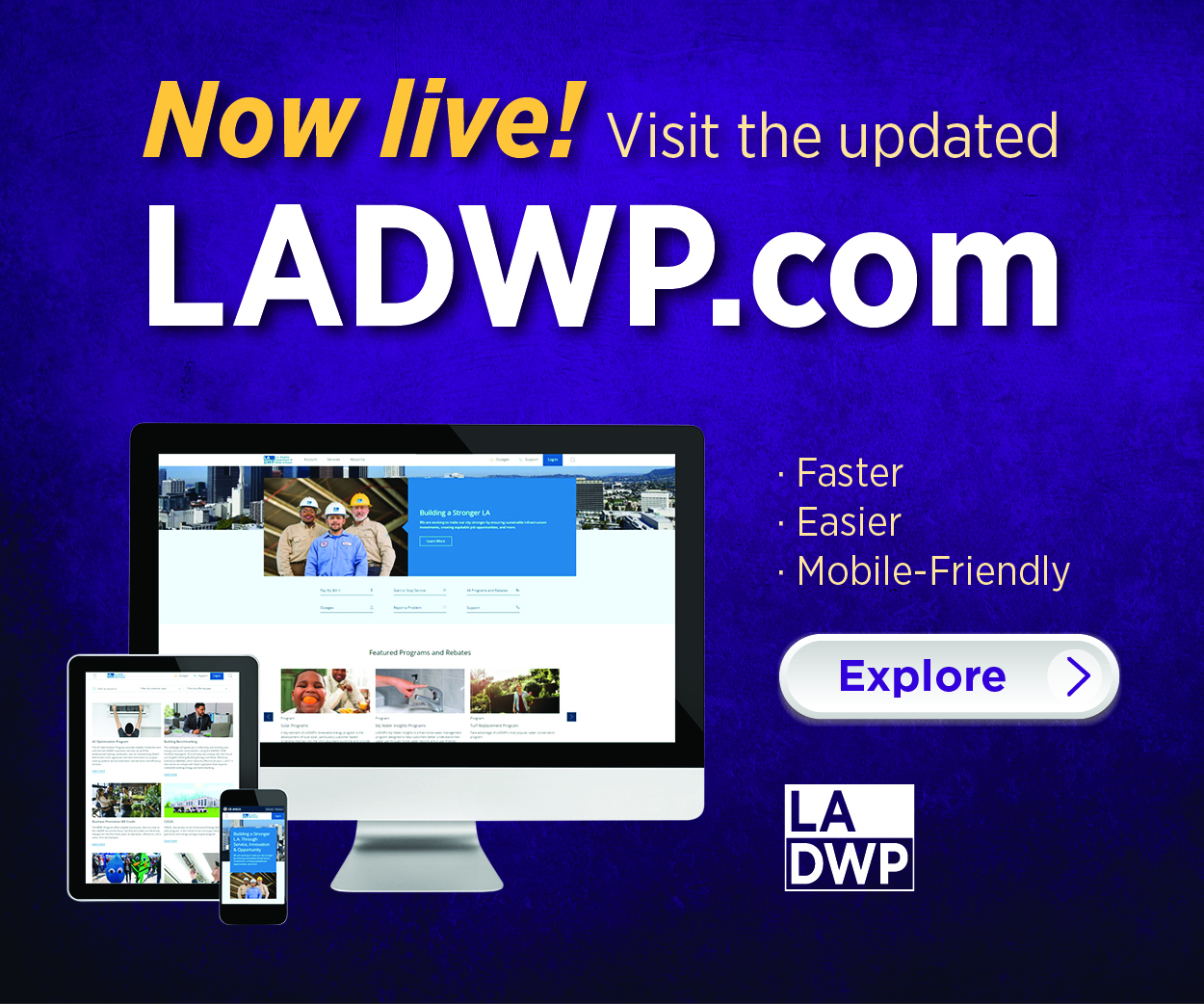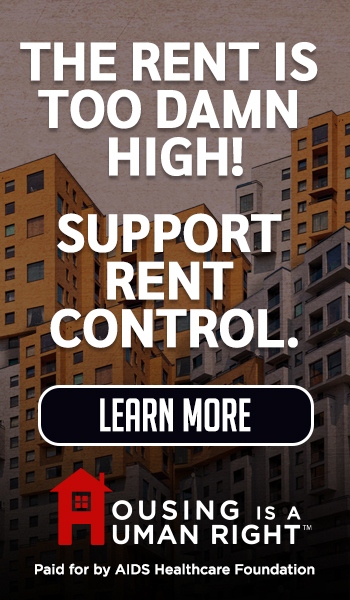Comments
ANIMAL WATCH - Noah Goldberg’s recent Los Angeles Times exposé on the deeply rooted dysfunction at the LA Zoo and its longtime fundraising partner, the Greater Los Angeles Zoo Association (GLAZA), offers an excellent, much-needed spotlight on a decades-long pattern of mismanagement, poor transparency, and troubling governance. But make no mistake—his reporting only scratches the surface.
Having worked around these entities for over two decades—starting with my time as Deputy to former Los Angeles City Controller Laura Chick—I’ve seen firsthand the warning signs that continue to go unaddressed. We raised the alarm years ago about a lack of fiscal oversight, weak internal controls, and accountability mechanisms that were more performative than functional. Unfortunately, many of those same problems persist today.
The fundamental question remains: Who’s minding the store?
The Zoo is an important cultural and educational institution, but its current operations suggest an agency adrift. Its spending practices raise red flags, long-term planning appears muddled, and accountability is virtually nonexistent—both internally and at the City Hall level. When significant public investments are at stake, this is a recipe for disaster.
In 2021, I wrote a detailed public letter to Zoo Commission President Karen Winnick voicing deep concern over the Zoo’s $650 million “Vision Plan,” a sweeping proposal to transform the 133-acre site. The rationale offered at the time was baffling: the Zoo needed to complete the project before the 2028 Olympics, supposedly to attract international tourists. Let’s be honest, visiting the LA Zoo is not going to top the list of global visitors attending Olympic events. This justification isn’t just weak—it’s borderline insulting to the Angelenos footing the bill.
Even more troubling is the sheer lack of transparency surrounding how this $650 million price tag will be financed. We still don’t know whether full private funding has been secured. If those funds fall short, as they often do in large public-private projects, taxpayers may once again be left holding the bag. Given the track record of civic projects in Los Angeles, that’s not speculation. That’s a warning.
City leaders and residents deserve clarity. How long will the project take? What are the final costs? What environmental impacts will result from construction? And what’s the plan if fundraising goals aren’t met?
I’ve always supported thoughtful improvements to the Zoo—especially when they enhance animal welfare, which should be the top priority. But this isn’t about improving the lives of animals. It’s a flashy, tourist-driven overhaul wrapped in unjustified urgency and questionable economics.
Among other things, the plan includes two new visitor centers with event venues, a multi-level parking structure within Griffith Park, and even a gondola and funicular system. It also calls for the destruction of native habitat and the removal of more than 200 protected trees, including mature oaks and walnuts. That’s not modernization. That’s environmental degradation in the name of entertainment.
Meanwhile, Los Angeles is in the teeth of one of its most challenging fiscal crises, which promises to get worse over time. As City leaders cut funding for essential services, the City grapples with real, immediate crises: over 40,000 unhoused individuals on our streets, mounting traffic gridlock, decaying public infrastructure, understaffed LAPD, LAFD and sanitation personnel, and small businesses still struggling post-pandemic. Should a $650 million tourist attraction really be one of our top civic priorities right now?
As it stands, the Zoo already relies on nearly $12 million from the City's general fund to meet its current $25 million operating budget. Once the expansion is complete, will that operating subsidy grow? Almost certainly. But no one is answering these questions publicly or planning responsibly for the financial strain.
The Zoo’s leadership and the Zoo Commission have failed to make a compelling, transparent, and fiscally sound case for this transformation. Worse, their posture suggests that community voices, environmental concerns, and financial caution are nuisances to be brushed aside, rather than essential guardrails for responsible governance.
It doesn’t have to be this way. There are better options on the table, such as the alternative plan offered by Friends of Griffith Park. Their vision preserves more of the park’s natural character, significantly reduces environmental impact, and prioritizes animal well-being over glitzy, profit-driven attractions. It deserves more than a cursory glance; it deserves real, good-faith engagement by City leaders.
It’s not too late to course-correct. But it will take authentic leadership—leadership that prioritizes Oversight, Accountability, and Long-term stewardship over ribbon-cuttings and legacy projects.
The Zoo Commission should immediately revisit the “Vision Plan” with genuine public input and expert consultation, particularly from fields such as animal welfare, environmental science, and fiscal oversight. This time, the public must be given more than a three-minute window at a commission meeting. We need robust public engagement and meaningful debate.
Angelenos care deeply about the Zoo and its mission. But their trust must be earned, not assumed. That starts with honesty about costs, respect for the environment, and a commitment to serving the people, not just donors, developers, or tourists.
I urge the City Council, the Mayor, and the Zoo Commission to pause this project, reassess its goals, and return with a plan that reflects the values, needs, and fiscal realities of Los Angeles in 2025—not just a desire to spruce things up for the 2028 Games.
What the Zoo needs now isn’t spectacle. It’s Oversight, Accountability, and Leadership.
(Rob Wilcox is President, Rob Wilcox Public Relations and can be reached at RobWilcoxPR.com.)







